
Calouste Gulbenkian: Collector of Gems
The early days of Gulbenkian’s collectionism bring us gems that, like the Greek coins, signal the Classicism present in many parts of his collection.

The early days of Gulbenkian’s collectionism bring us gems that, like the Greek coins, signal the Classicism present in many parts of his collection.
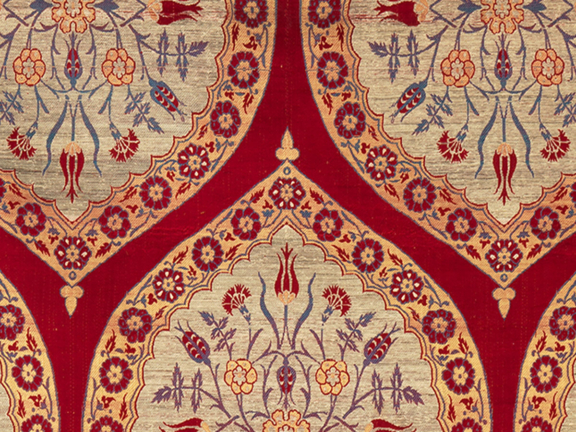
Of Armenian origins, Calouste Gulbenkian was born in Scutari (currently Üsküdar, Turkey). Despite leaving the city he remained in close contact with his roots.
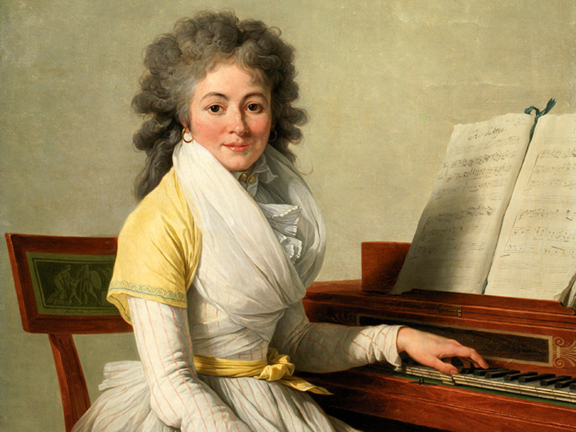
Françoise-Claude-Marie-Rosalie Duplant (b. 1745) was a famous opera singer, who was active during the 18th century in France.
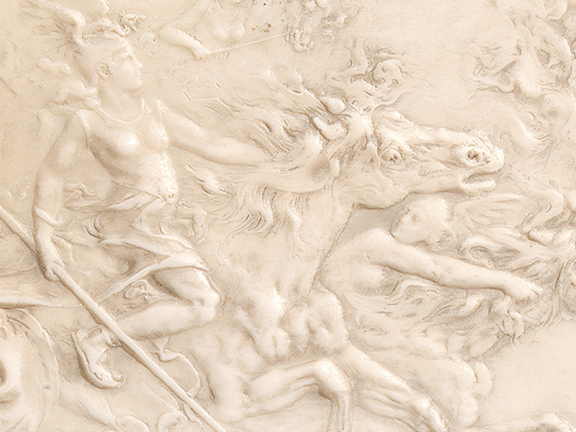
This was the first work in which the master jeweller used ivory. Lalique became known for experimenting with exotic materials that were unusual for the time, creating jewellery and objects with a high level of detail.
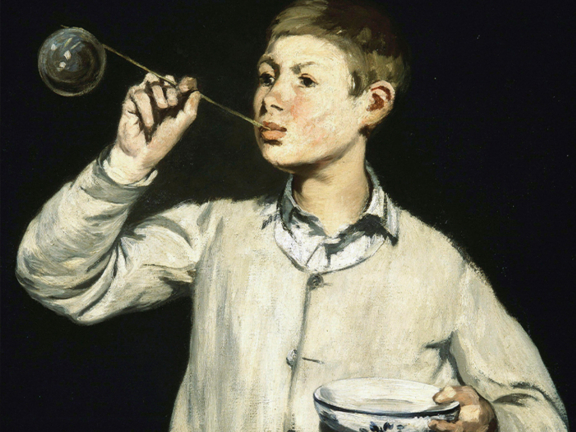
Léon Leenhoff (1852-1927), also known as Léon Édouard Koëlla, was a French musician and stepson of Édouard Manet.

Thomas Linley (1756-1778) was one of the most precocious composers and performers of England, having become known as the ‘English Mozart’.
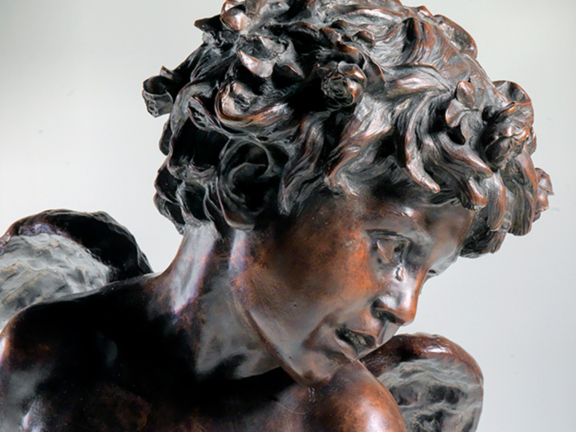
Charles Carpeaux became familiar with the art of sculpture from an early age, posing regularly for his father, both on his own and together with his mother.
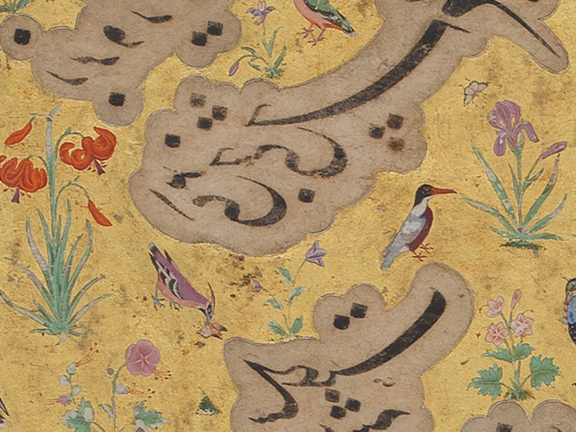
Shah Jahan ruled the Mughal Empire. During his reign, the empire reached the pinnacle of its glory, making Shah Jahan one of its most important emperors.

Central figure in Lalique's body of work, the woman-flower can be seen in many works of art at the Calouste Gulbenkian Museum.